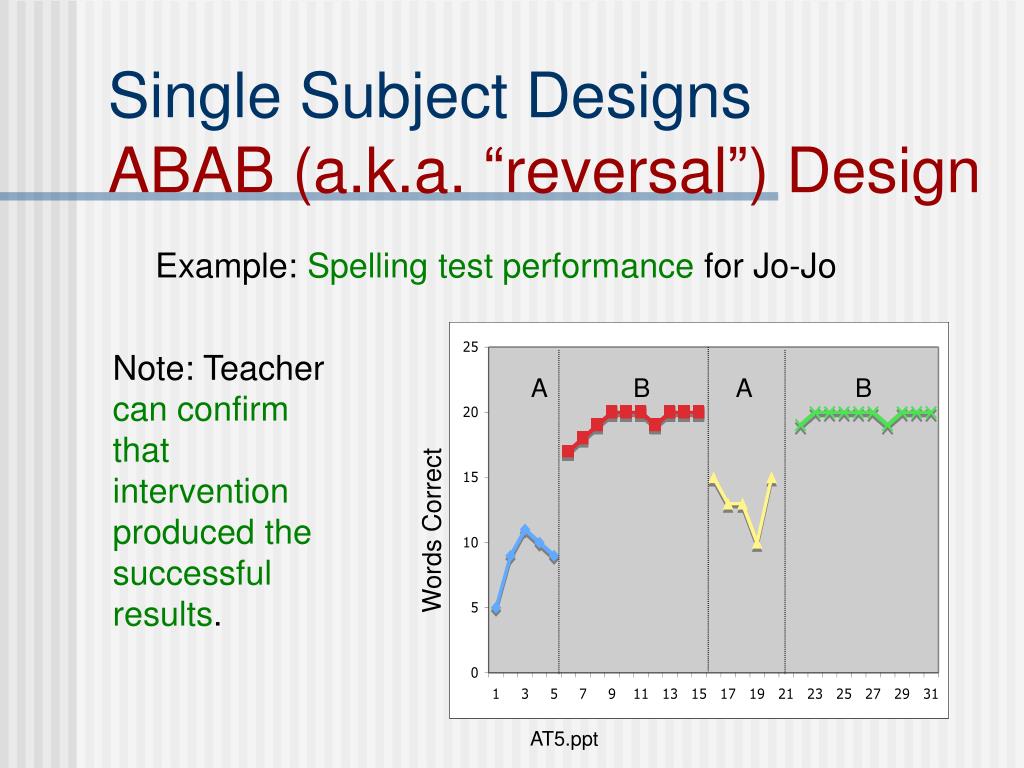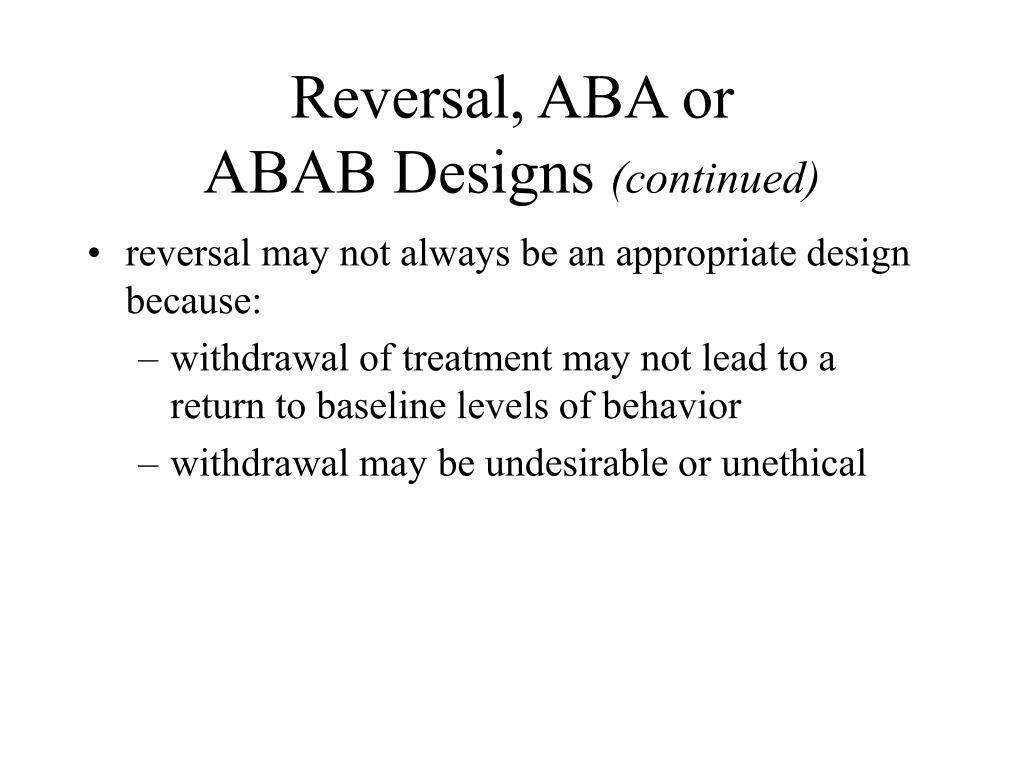Table Of Content

ABA therapy relies heavily on using positive reinforcement to increase desired behaviors. This means you will need a system to reward your child when they display appropriate behavior. This could include giving them verbal praise, tokens that can be exchanged for preferred activities, or small prizes.
VISUAL, STATISTICAL, AND SOCIAL VALIDITY ANALYSIS
Using the following eight steps, you’ll be doing everything you can to ensure your child with autism gets the most out of an ABA-at-home program. Autism is typically the only diagnosis insurance will authorize for ABA services since its benefits have been researched extensively. If you are ready to try ABA therapy for yourself or your child, there are some steps that you can take to help find the best treatment for your needs. Rather than trying to force people to fit a specific mold, newer approaches are instead focused on helping people develop and strengthen the skills that will allow them to reach their potential and live a fulfilling life. ABA is not the only approach to treatment, so it's important to listen and look at how a person is responding in order to determine which treatment is right for their needs.
MULTIPLE-BASELINE DESIGNS
Failures to produce desired behaviors were often addressed with harsh punishments, which were considered both disrespectful to those in therapy and often dehumanizing. Caregiver training involves offering support and training to parents and other caregivers and family members. Therapists teach parents and family members skills and strategies that will help maintain desirable behaviors in the home, school, and community settings. It can be used as a comprehensive program that provides intensive intervention in many environments and situations. Or, it can be part of a more focused program that may involve only specific behaviors or situations.
Multiple-Baseline Designs

In the present article, we recapitulate and expand on this proposal, and argue that they can be used to optimize health interventions. Understanding the ABA design is crucial for researchers, practitioners, and caregivers involved in studying or implementing behavioral interventions. By utilizing this design, professionals can gain valuable insights into the effectiveness of interventions and make informed decisions to support individuals with autism and related disorders.
Sensory Table Ideas for Autism
A baseline phase is followed by separate phases in which different treatments are introduced. When conducting research, having a well-designed experimental design is crucial for obtaining reliable and valid results. It provides a structured framework for systematically investigating the relationship between variables.
Ask yourself if you have enough money to absorb these costs or if you will need to borrow money. Consider that you may be unable to keep your day job while simultaneously opening a business. Estimate your startup cost and how long you can run your business without turning a profit. The number will vary based on your goals and whether you want to run an in-house or virtual practice.
Profound Autism Life Expectancy
As the economy shut down and people stayed in their homes—the “B” phase—the upward trend reversed, and the curve was headed down. As state governments and governors decided it was time to re-open, albeit with admonishments about social distancing—the return to baseline or second “A” phase—the number of cases clearly increased again. This discussion leads to a type of generality called scientific generality [63], which is at the heart of a scientific understanding of behavioral health interventions (or any intervention for that matter).
Are ABA Clinics Profitable?
So, for example, if one participant did not respond to a low dose, then doses might be increased to generate an ABCD design, where each successive letter represents a higher dose (other sequences were arranged as well). Parametrically examining doses in this way, and examining individual subject data, the researchers found that some participants responded favorably at lower doses than 50 mg/day (e.g., 10 or 20 mg/day). This was an important finding because the higher doses often produced unwanted side effects. Once optimal doses were identified for individuals, the researchers were able to conduct further analyses using a reversal design, exposing them to either their optimal dose or placebo on different days. For example, if a treatment seemed to reduce the incidence of self-injury in a developmentally disabled child, it would be unethical to remove that treatment just to show that the incidence of self-injury increases.
Definition and Explanation of ABAB Design
The essential experimental ingredients, regardless of the method, are that the independent variable(s) are systematically introduced and/or withdrawn, combined with replication of effects within and/or between subjects. It can be especially telling when a trend changes directions—for example, when an unwanted behaviour is increasing during baseline but then begins to decrease with the introduction of the treatment. In other words, rather than changing the type of participants or setting, we change the value of the independent variable.
Experimental design plays a vital role in research as it helps researchers control and manipulate variables to determine cause-and-effect relationships. By carefully planning the design, researchers can minimize bias, increase internal validity, and draw accurate conclusions from their findings. A well-designed experiment allows for replication and generalizability of the results, enhancing the overall credibility of the study. In general, ABA clinics that follow the best practices of starting a business will make a profit. However, those profits depend entirely on the market in your area and which type of clients you accept, such as insurance, private pay, and school contracts. A clinic setting lets you and your staff treat more patients and offer options like group therapy and increased socialization.
The key to this design is that the treatment is introduced at a different time for each participant. The idea is that if the dependent variable changes when the treatment is introduced for one participant, it might be a coincidence. Group data are described using statistics such as means, standard deviations, correlation coefficients, and so on to detect general patterns. But if the dependent variable changes when the treatment is introduced for multiple participants—especially when the treatment is introduced at different times for the different participants—then it is unlikely to be a coincidence. Although a complete discussion of these threats is beyond the scope of this paper (see [1, 27, 28]), the standards listed in Table 1 can provide protection against most threats.
Another important aspect of single-subject research is that the change from one condition to the next does not usually occur after a fixed amount of time or number of observations. Specifically, the researcher waits until the participant’s behavior in one condition becomes fairly consistent from observation to observation before changing conditions. The idea is that when the dependent variable has reached a steady state, then any change across conditions will be relatively easy to detect. Recall that we encountered this same principle when discussing experimental research more generally.
Critics, on the other hand, indicate that it is traumatic and tries to force neurodivergent children to conform to society's expectations for "normal" behavior. If you are considering this treatment, it is crucial to understand the different types of ABA therapy, how they are used, and the potential drawbacks before you get started. Applied behavioral analysis (ABA) therapy is an approach to treatment that focuses on using positive reinforcement to improve behavioral, social, communication, and learning skills. ABA therapy utilizes behavioral principles to set goals, reinforce behaviors, and measure outcomes.
We recommend Kazdin’s [27] or Barlow and colleague’s [28] textbooks as useful resources regarding statistical analysis of time-series data. The SCD standards also includes a useful discussion of statistical approaches for data analysis [31]. In this design the baseline phase is followed by separate phases in which different treatments are introduced.
Artemis ABA software optimizes business operations so you can focus on patient care, not office work. The company’s customer-first approach sets the software apart from its competitors. Items like sensory tools, reinforcers, prizes, toys, flashcards, and puzzles should only be placed aside for your ABA-at-home sessions.
(Note that averaging across participants is less common.) Another approach is to compute the percentage of nonoverlapping data (PND) for each participant (Scruggs & Mastropieri, 2001). This is the percentage of responses in the treatment condition that are more extreme than the most extreme response in a relevant control condition. In the study of Hall and his colleagues, for example, all measures of Robbie’s study time in the first treatment condition were greater than the highest measure in the first baseline, for a PND of 100%. The greater the percentage of nonoverlapping data, the stronger the treatment effect. Still, formal statistical approaches to data analysis in single-subject research are generally considered a supplement to visual inspection, not a replacement for it. The mean and standard deviation of each participant’s responses under each condition are computed and compared, and inferential statistical tests such as the t test or analysis of variance are applied (Fisch, 2001)[3].

No comments:
Post a Comment